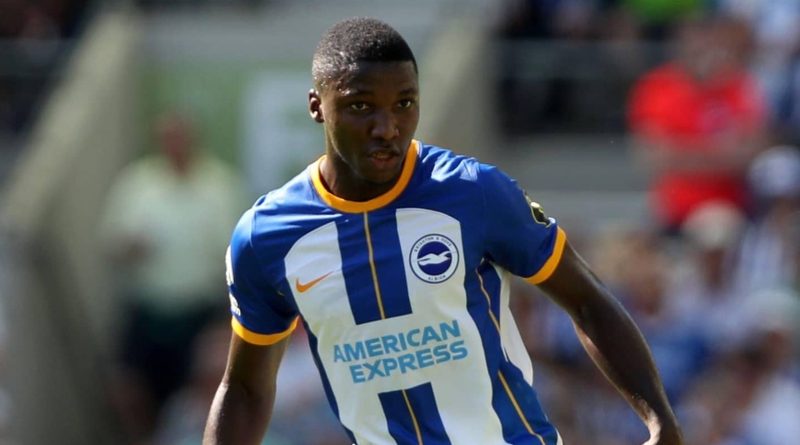Recruitment from far and wide the secret to Brighton success
Keen to keep the high from Sunday’s shellacking of 2021 FA Cup winners and 2016 Premier League champions Leicester City alive, I have been trawling the depths of stats geek social media analysing the game and our triumphant team.
One tweet from Scouted Football (@scoutedftbl), an account with 107,000 followers, lauded the Albion’s recruitment: “Brighton’s recruitment has no limit; they pick up and develop talent from almost every level.”
It listed the nationalities of each player in the matchday squad and the club they were signed from. Alongside the duo from Chelsea and our homegrown stalwarts, they include players signed from:
- Kawasaki Frontale, Japan
- Genk and Union St Gilloise, Belgium
- Levante and Villareal, Spain
- Ajax and NAC Breda, Netherlands
- Ingolstadt, Germany
- Argentinos Juniors, Argentina
- Independiente del Valle, Ecuador
- RB Salzburg, Austria
Few of those teams are household names in the United Kingdom, and many of them are far from the leading clubs in their respective countries.
You can add to that list of course Lille and Getafe, the clubs we signed Yves Bissouma and Marc Cucurella from before their big money departures this summer.
Ben White too was picked up for nothing following his release at 16 by Southampton. Our scouts found White, our academy polished him via a series of loan spells and he became a £50 million player as a result.
Picking up on that initial tweet from Scouted Football was @smarterscout, an account with 31.7 thousand followers internationally.
They said: “They (Brighton) can do this for one reason: because they use data to focus their scouting. They can cast their net wider without incurring enormous costs.”
This is perhaps a fact crucial to our success. Back in the day, recruitment depended on club scouts travelling the length and breadth of the country (or Europe in the case of bigger clubs with cash to spare) to watch lower league or reserve games.
Other scouts had to brave the rain to see an Under 18s game at some rain swept municipal sports pitch. Before the Lancing training ground was built, Brighton’s youth side played on pitches at the University of Sussex.
Now it is data driven, with stats for tens of thousands of players all over the world recorded and analysed. It is how that data is interpreted, and how potential is spotted, that counts.
Of course few are better placed than Tony Bloom and his experience running StarLizard. Bloom’s analytics business has been described by Business Insider as: “A company that treats gambling the way hedge funds treat stocks.”
“Officially, it describes itself as a betting consultancy that uses complex statistical models to generate football odds that are sharper than those offered by professional bookmakers.”
Goals, successful tackles and interceptions, completed passes – data like this is used to identify potential transfer targets and begin the often complex and difficult process of recruiting the player that can stretch across a number of transfer windows.
It is by this route that players well beyond the radar of the bigger clubs end up in Albion colours in a Lancing photoshoot.
The approach is not just restricted to players. There is little doubt analytics and data played a part in putting Graham Potter in Bloom’s sights before Potter had even left little-known Ostersunds for Swansea City.
It also means that Bloom will already have his first, second, third and fourth choices to replace Potter firmly in mind.
Sometimes, the players sold using this approach may never warm the subs bench at the Amex before being sold on. Like Leo Ostigard.
Brighton still make a profit on such individuals, which is then reinvested in further signings. The cycle starts all over again.
Sometimes a player signed with great expectations leaves after a disappointing season or two having never really adapted or delivered on their potential at a Premier League level.
Jurgen Locadia and Alireza Jahanbakhsh spring to mind. Duds on that level though a few and far between. There is no doubt that it is a system and a model that is widely admired and which is currently delivering.
According to SportingNews.com, Brighton had the “largest positive net spend” in this summer’s transfer window. £43 million was spent whilst £102 million came in (figures can differ and are sometimes speculative when terms are undisclosed).
As every commentator and pundit has remarked, losing our two “best players” and our leading goal scorer has not led to any dip in the form that saw us finish last season on a high.
After six games Brighton sit in fourth in the Premier League, splitting the Big Six and faring better than clubs who spent far more – including Chelsea, Manchester United, Newcastle and Liverpool.
If Manchester City and Spurs can play each other to a draw on Saturday and Brighton can take three points at Bournemouth, then the top of the table position will be ours for a day at least.
And data will have played no small part in that.
Warren Morgan @WarrenBHAFC




